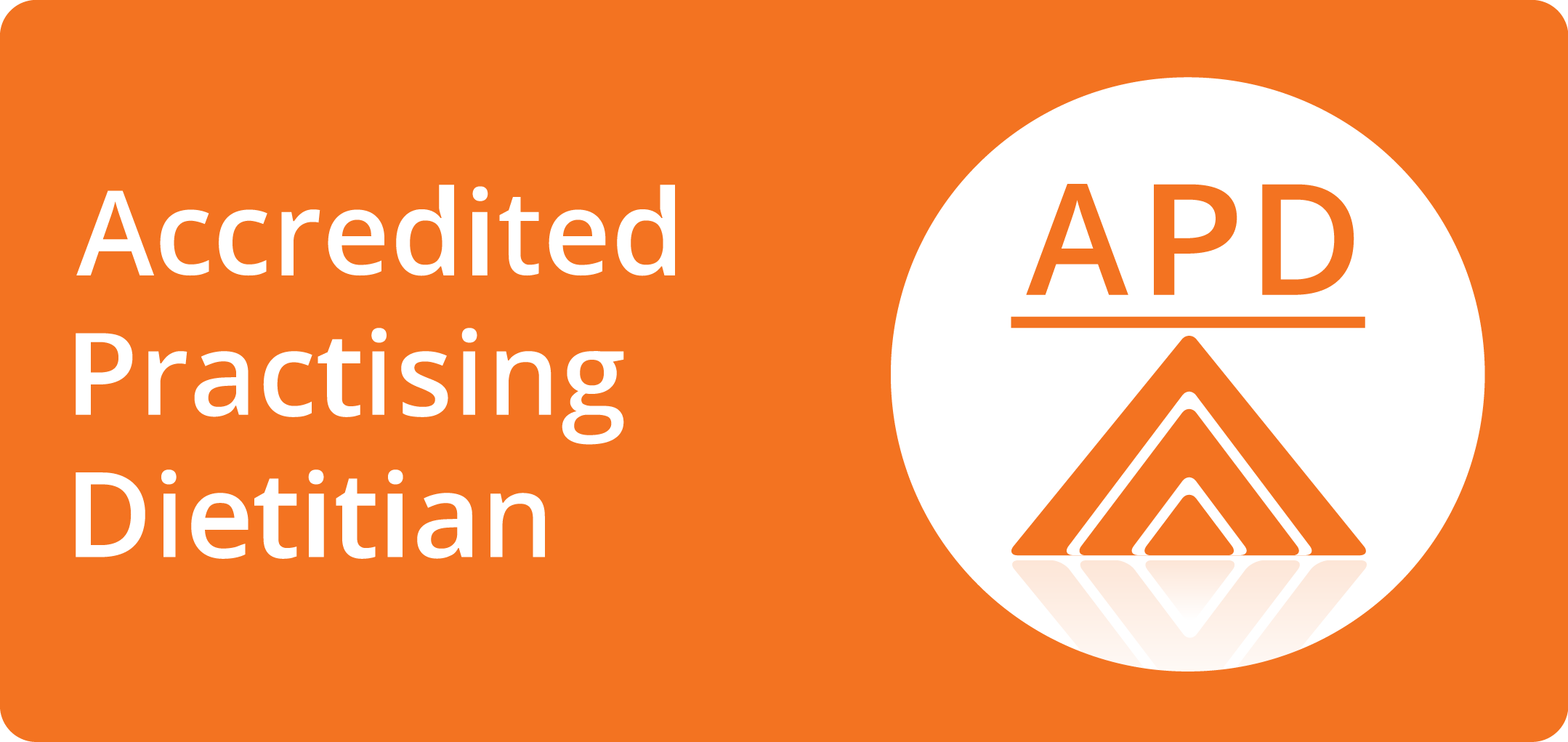Are growing pains a real thing?
The short answer is that yes, growing pains are real and usually harmless part of childhooe. Though poorly understood, they are recognised as a common phenomenon occurring most often between the ages of 3 and 12. The pain is comonoly felt in tboth legs, particularly at night with no clear cause of pain. As yet no one is able to explain why they happen but growing pains are thought to be a normal response of a growing body as it adapts to new heights, sizes, strengths and skills.
So I don’t have to worry about my child’s pain?
Not so fast. While growing pains are harmless and usually transient, there are many childhood illnesses and conditions that do require professional assessment and, if left untreated, can cause serious harm. These include but are not limited to: juvenile arthritis, childhood cancers (which often first present as knee or jaw papin), development hip dysplasia (abnormality of the hip joint), Perthes disease and a cariety of other musculoskeletal disorders.
While it’s true that children are generally more resilient and heal well, they are also vulnerable to injuries just like adults. All serious strains and sprains and should be rehabilitated correctly to ensure no long-term problems occur down the track. Many childhoop pains can ablso be relieved with physiotherapy in the short term even if the child will eventually grow out of the pain.
How can I tell if my child’s pain is caused by something more serious?
Unfortunately, unless you are a trained professional you won’t be able to tell. If there is any boubt in your mind always contact a physiotherapist or doctor. Many clinicians have great respect for a parent’s intuition and acknowledge that parents are usually very good at knowing if something is wrong with their child.
Even if you’re sure nothing is wrong, there are a few signs and symptons that you should take particular notice of.
Pain that is severs, pain that occurs suddenly without obvious cause, pain taht is one sided, pain that affects your child’s activity levels, causes a limp or is associated with signs of general illness/fever.
Constant, wevere and unrelenting pain is a serious sign that should be investigated at any age.
What should I do if I’m worried?
The first step is to consult a physiotherapist or general practitioner. They can help to either reassure you that your child’s pains are harmless or recommend further investigation and treatment






